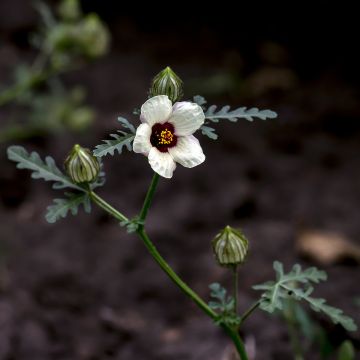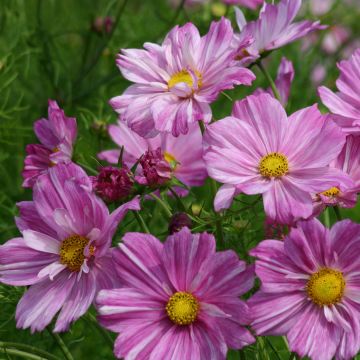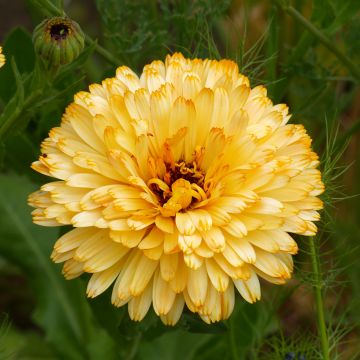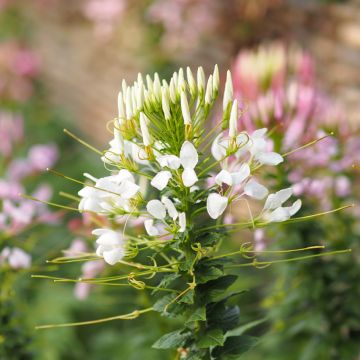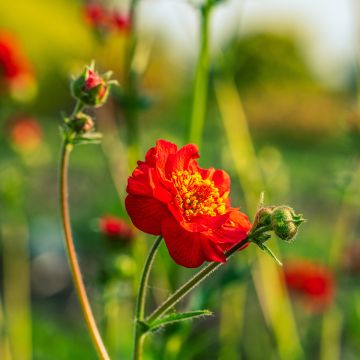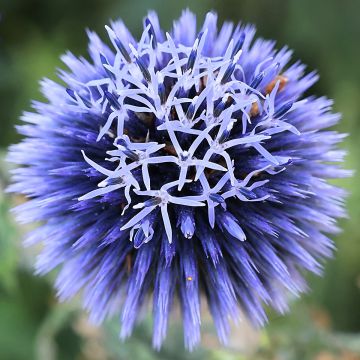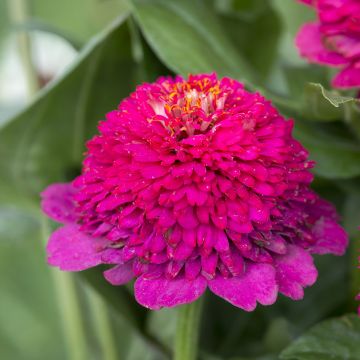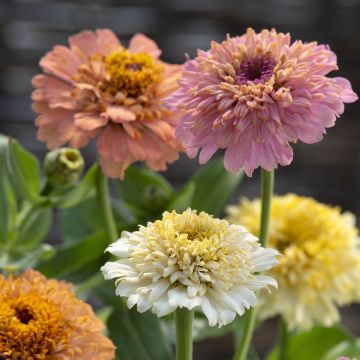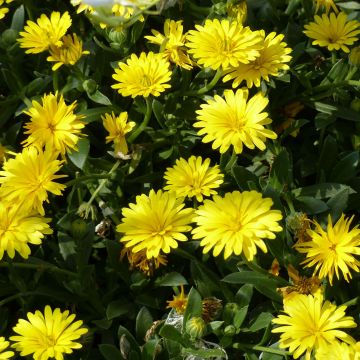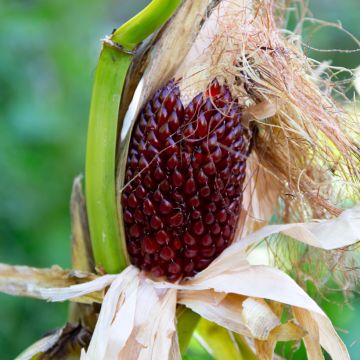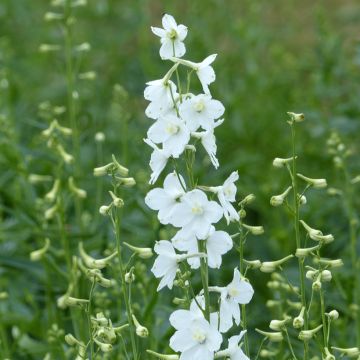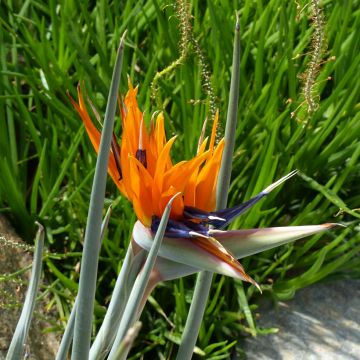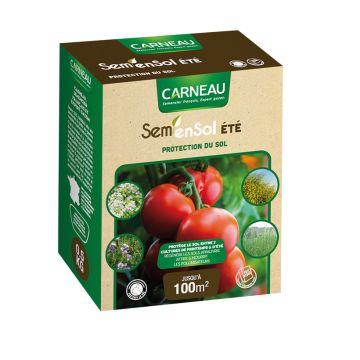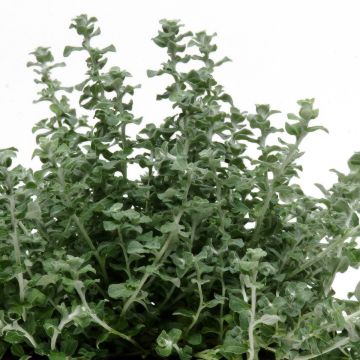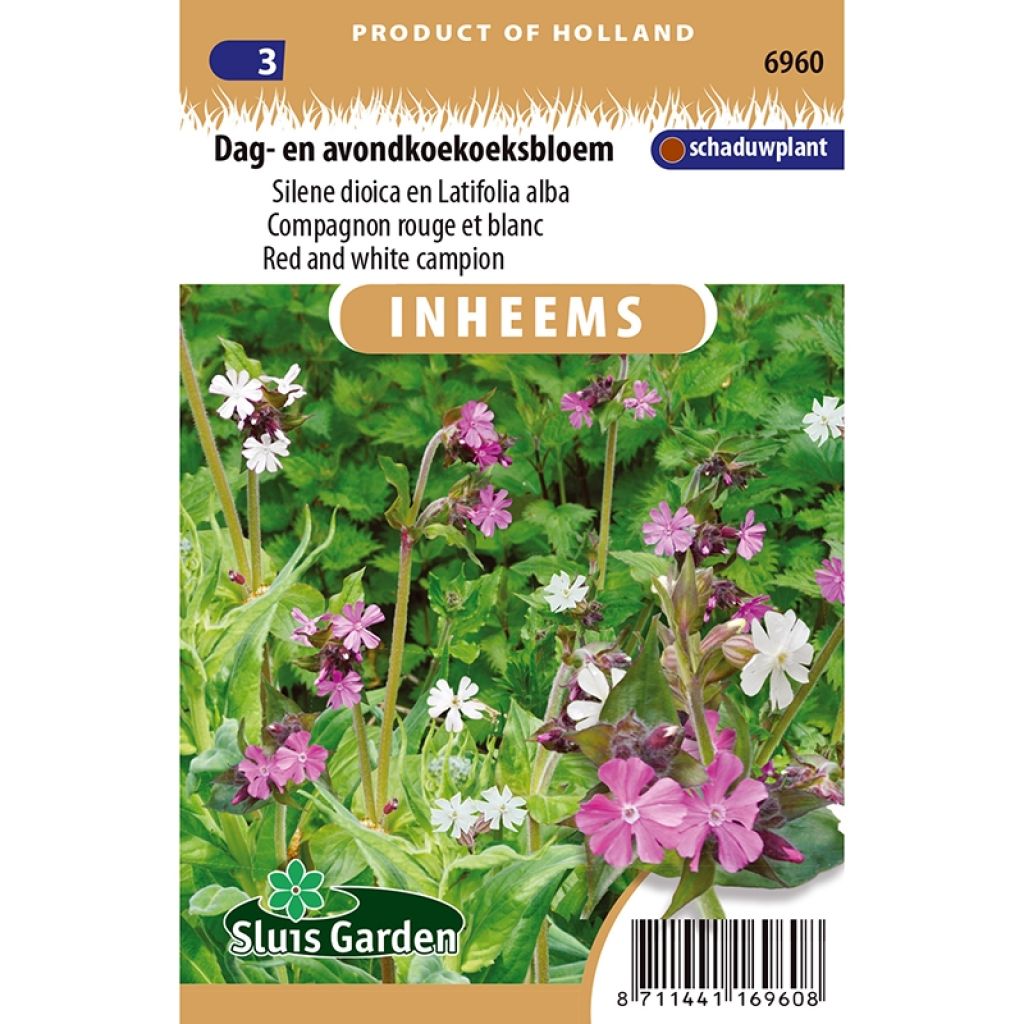

Silene dioica, Silene latifolia
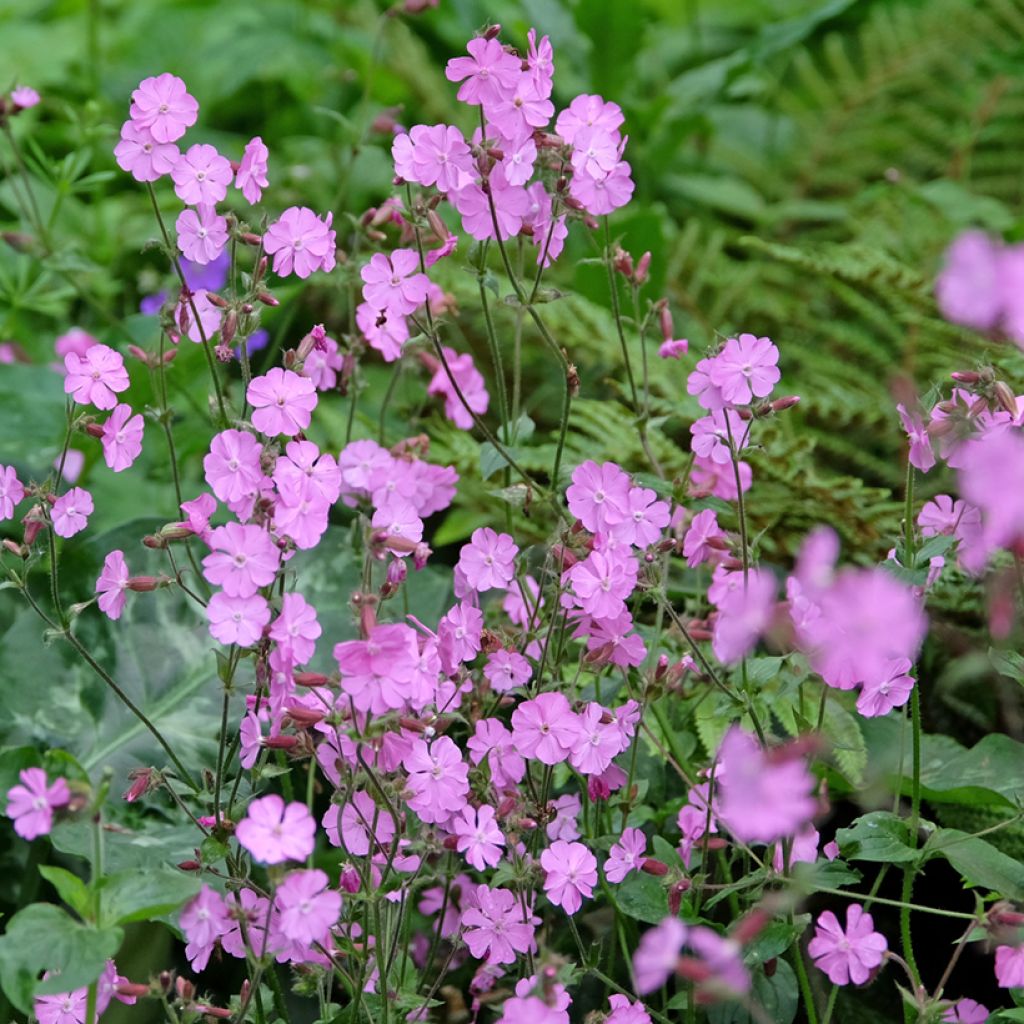

Silene dioica, Silene latifolia
Silene dioica, Silene latifolia
Silene dioica, latifolia
Red Campion, White Campion
This year, I don't have white companions but a stunning bed of red companions!
Brigitte, 27/04/2025
Special offer!
Receive a €20 voucher for any order over €90 (excluding delivery costs, credit notes, and plastic-free options)!
1- Add your favorite plants to your cart.
2- Once you have reached €90, confirm your order (you can even choose the delivery date!).
3- As soon as your order is shipped, you will receive an email containing your voucher code, valid for 3 months (90 days).
Your voucher is unique and can only be used once, for any order with a minimum value of €20, excluding delivery costs.
Can be combined with other current offers, non-divisible and non-refundable.
Home or relay delivery (depending on size and destination)
Schedule delivery date,
and select date in basket
This plant carries a 6 months recovery warranty
More information
We guarantee the quality of our plants for a full growing cycle, and will replace at our expense any plant that fails to recover under normal climatic and planting conditions.
Would this plant suit my garden?
Set up your Plantfit profile →
Description
The two species of Silenes that make up this mixture, called Red Companion and White Companion, are perennial plants from our native flora, which are undemanding and very floriferous. Red Companion, in Latin Silene dioica, offers pink flowers that open during the day, while White Companion, called Silene latifolia, bears white corollas that open in the evening. Each plant forms a beautiful and highly flowering clump throughout the summer, with a sweet evening fragrance that attracts butterflies. Sow these silenes in the spring, in trays or directly in place. They are perfect for lightening up your borders, accompanying your field flowers, and enhancing the beauty of your roses.
Silenes are plants from the Caryophyllaceae family, just like carnations. Silene dioica and its close relative Silene latifolia are naturally present in France and Western Europe. The former is adapted to moist soils, while the latter is more widely distributed, especially on limestone soils, from moist to dry. Both are herbaceous plants with perennial growth, fast-growing and very hardy. Each plant produces a basal tuft of elliptical to lanceolate linear leaves, from which rise branched leafy stems reaching about 70-80cm (28-32in) in height. Flowering occurs over many weeks, from May-June to September-October. Each stem produces inflorescences in cymes, composed of several flowers measuring 2 to 4cm (1 to 2in) in diameter, with a swollen base and 5 indented petals. They are pink-red in colour in Silene dioica and pure white in Silene latifolia. This flowering is followed by the formation of numerous fine seeds that easily germinate in light soil, dispersing the plants in the garden. Hybridization is common between these two "Companions": it gives rise to plants whose flowers display a beautiful gradient of pink.
Silenes may be the most beautiful wildflowers, due to their infinite lightness and their small shiny flowers. They enchant borders, rockeries, and flower beds, where they create spots of colour that are both vibrant and poetic. They bring the charm of flowering wild meadows to our gardens. Sow them in unpretentious borders, along pathways, in front of your bush plantings, they will be sublime accompanied by ornamental grasses such as Broom Grass, Eragrostis, or Mulhenbergia capillaris.
Report an error about the product description
Silene dioica, Silene latifolia in pictures


Flowering
Foliage
Plant habit
Botanical data
Silene
dioica, latifolia
Caryophyllaceae
Red Campion, White Campion
Mediterranean
Other Flower seeds A to Z
View all →Planting and care
Sow the Silene seeds outdoors, preferably directly in place, in March-April. Choose a sunny location on well-drained, properly prepared and loosened soil. Sow the seeds finely, to a depth of 1mm, with a spacing of 40cm (16in). Water regularly, especially during dry periods. Germination usually takes 14 to 21 days (germination temperature between 15 and 21 °C (59 and 69.8°F)). When the young plants are large enough to handle, transplant them at a distance of 15cm (6in) from each other, or thin out your sowing by keeping only the most beautiful plants, every 40cm (16in).
Another possibility is to sow indoors in a tray, for transplanting outdoors in April-May.
Sow the Silene seeds on the surface of good quality soil at a temperature of 18-23°C (64.4-73.4°F), and cover with a pinch of very fine compost or vermiculite. Keep the sowing in light, as this facilitates germination. When the seedlings are large enough to be moved, proceed with transplantation and grow them protected from the cold until the young plants are large enough to be moved outdoors.
Campions thrive in soils that are not too dry in order to flower well, fertile, well-drained, light, properly loosened and in full sun.
Sowing period
Intended location
Planting & care advice
-
, onOrder confirmed
Reply from on Promesse de fleurs
Similar products
Haven't found what you were looking for?
Hardiness is the lowest winter temperature a plant can endure without suffering serious damage or even dying. However, hardiness is affected by location (a sheltered area, such as a patio), protection (winter cover) and soil type (hardiness is improved by well-drained soil).

Photo Sharing Terms & Conditions
In order to encourage gardeners to interact and share their experiences, Promesse de fleurs offers various media enabling content to be uploaded onto its Site - in particular via the ‘Photo sharing’ module.
The User agrees to refrain from:
- Posting any content that is illegal, prejudicial, insulting, racist, inciteful to hatred, revisionist, contrary to public decency, that infringes on privacy or on the privacy rights of third parties, in particular the publicity rights of persons and goods, intellectual property rights, or the right to privacy.
- Submitting content on behalf of a third party;
- Impersonate the identity of a third party and/or publish any personal information about a third party;
In general, the User undertakes to refrain from any unethical behaviour.
All Content (in particular text, comments, files, images, photos, videos, creative works, etc.), which may be subject to property or intellectual property rights, image or other private rights, shall remain the property of the User, subject to the limited rights granted by the terms of the licence granted by Promesse de fleurs as stated below. Users are at liberty to publish or not to publish such Content on the Site, notably via the ‘Photo Sharing’ facility, and accept that this Content shall be made public and freely accessible, notably on the Internet.
Users further acknowledge, undertake to have ,and guarantee that they hold all necessary rights and permissions to publish such material on the Site, in particular with regard to the legislation in force pertaining to any privacy, property, intellectual property, image, or contractual rights, or rights of any other nature. By publishing such Content on the Site, Users acknowledge accepting full liability as publishers of the Content within the meaning of the law, and grant Promesse de fleurs, free of charge, an inclusive, worldwide licence for the said Content for the entire duration of its publication, including all reproduction, representation, up/downloading, displaying, performing, transmission, and storage rights.
Users also grant permission for their name to be linked to the Content and accept that this link may not always be made available.
By engaging in posting material, Users consent to their Content becoming automatically accessible on the Internet, in particular on other sites and/or blogs and/or web pages of the Promesse de fleurs site, including in particular social pages and the Promesse de fleurs catalogue.
Users may secure the removal of entrusted content free of charge by issuing a simple request via our contact form.
The flowering period indicated on our website applies to countries and regions located in USDA zone 8 (France, the United Kingdom, Ireland, the Netherlands, etc.)
It will vary according to where you live:
- In zones 9 to 10 (Italy, Spain, Greece, etc.), flowering will occur about 2 to 4 weeks earlier.
- In zones 6 to 7 (Germany, Poland, Slovenia, and lower mountainous regions), flowering will be delayed by 2 to 3 weeks.
- In zone 5 (Central Europe, Scandinavia), blooming will be delayed by 3 to 5 weeks.
In temperate climates, pruning of spring-flowering shrubs (forsythia, spireas, etc.) should be done just after flowering.
Pruning of summer-flowering shrubs (Indian Lilac, Perovskia, etc.) can be done in winter or spring.
In cold regions as well as with frost-sensitive plants, avoid pruning too early when severe frosts may still occur.
The planting period indicated on our website applies to countries and regions located in USDA zone 8 (France, United Kingdom, Ireland, Netherlands).
It will vary according to where you live:
- In Mediterranean zones (Marseille, Madrid, Milan, etc.), autumn and winter are the best planting periods.
- In continental zones (Strasbourg, Munich, Vienna, etc.), delay planting by 2 to 3 weeks in spring and bring it forward by 2 to 4 weeks in autumn.
- In mountainous regions (the Alps, Pyrenees, Carpathians, etc.), it is best to plant in late spring (May-June) or late summer (August-September).
The harvesting period indicated on our website applies to countries and regions in USDA zone 8 (France, England, Ireland, the Netherlands).
In colder areas (Scandinavia, Poland, Austria...) fruit and vegetable harvests are likely to be delayed by 3-4 weeks.
In warmer areas (Italy, Spain, Greece, etc.), harvesting will probably take place earlier, depending on weather conditions.
The sowing periods indicated on our website apply to countries and regions within USDA Zone 8 (France, UK, Ireland, Netherlands).
In colder areas (Scandinavia, Poland, Austria...), delay any outdoor sowing by 3-4 weeks, or sow under glass.
In warmer climes (Italy, Spain, Greece, etc.), bring outdoor sowing forward by a few weeks.






























